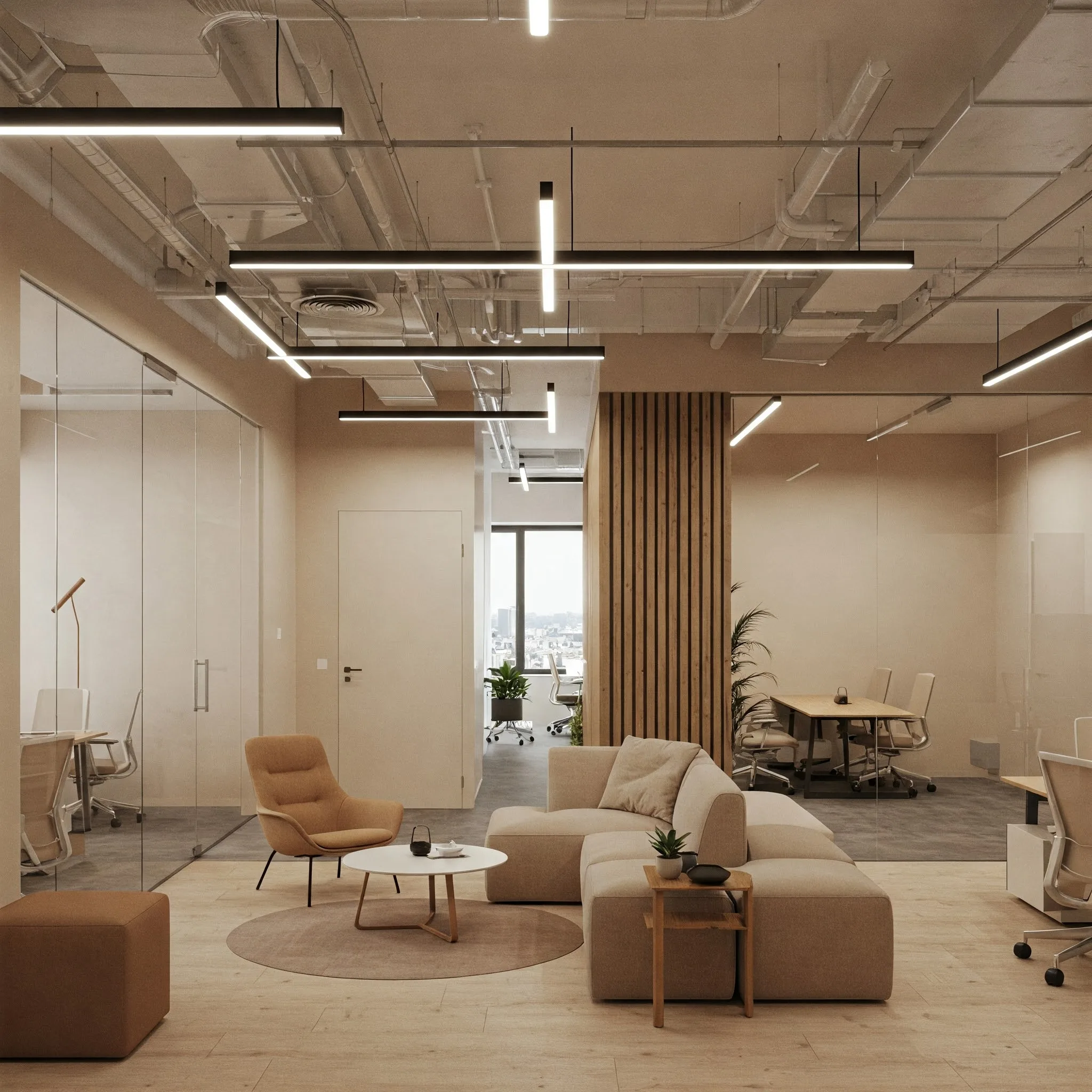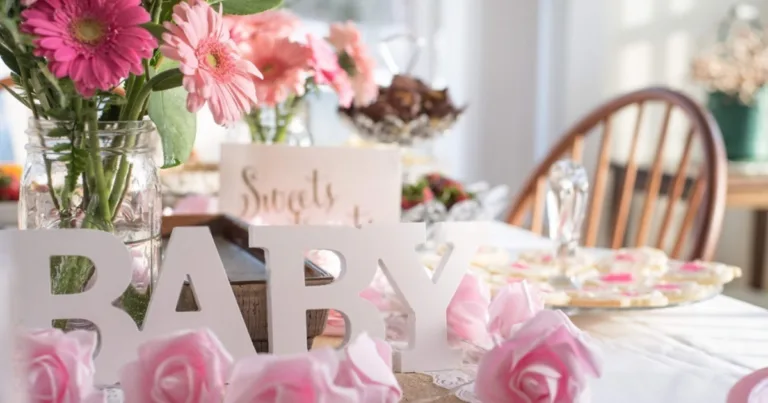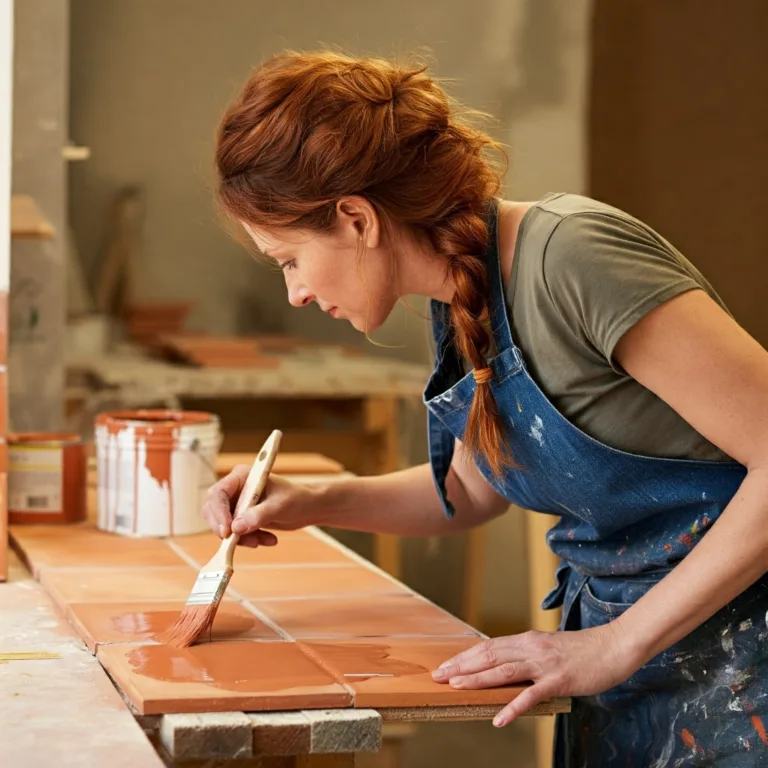Beyond the Cubicle: A Deep Dive into the World of Office Interior Design
In today’s dynamic work environment, the design of your office space plays a crucial role in shaping employee well-being, productivity, and overall company culture. Gone are the days of drab, cookie-cutter cubicles. Modern office interior design is all about creating inspiring, functional, and human-centered spaces that foster collaboration, creativity, and a sense of belonging.
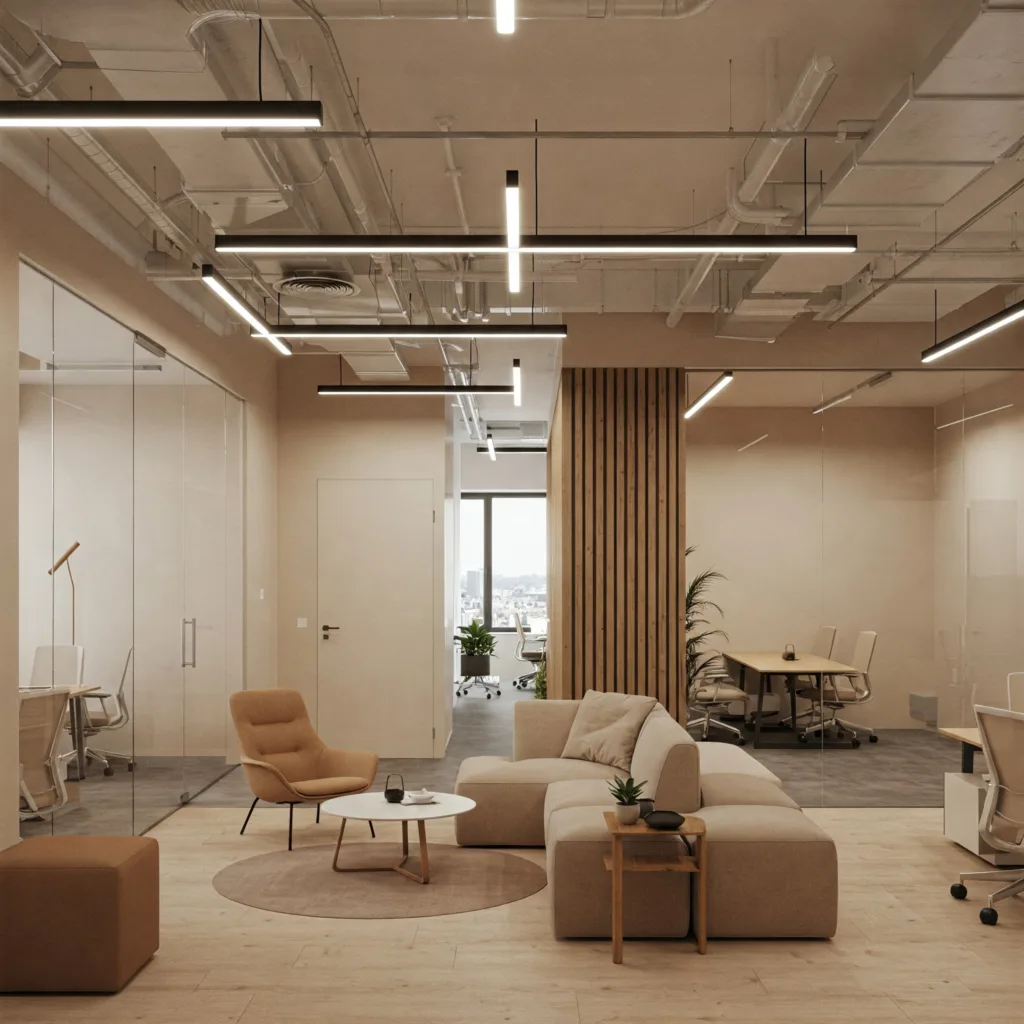
Why Office Interior Design Matters
The impact of office design goes far beyond aesthetics. A well-designed workspace can:
- Boost Productivity: Thoughtful layouts, comfortable furniture, and access to natural light can significantly improve employee focus and efficiency.
- Enhance Collaboration: Spaces designed for teamwork and interaction can break down silos and encourage communication.
- Attract and Retain Talent: A modern, appealing office can be a powerful tool for attracting top talent and keeping employees engaged.
- Reinforce Company Culture: The design of your office can reflect your company’s values, brand identity, and work style.
- Improve Employee Well-being: Features like ergonomic furniture, biophilic design, and quiet zones can reduce stress and promote employee health.
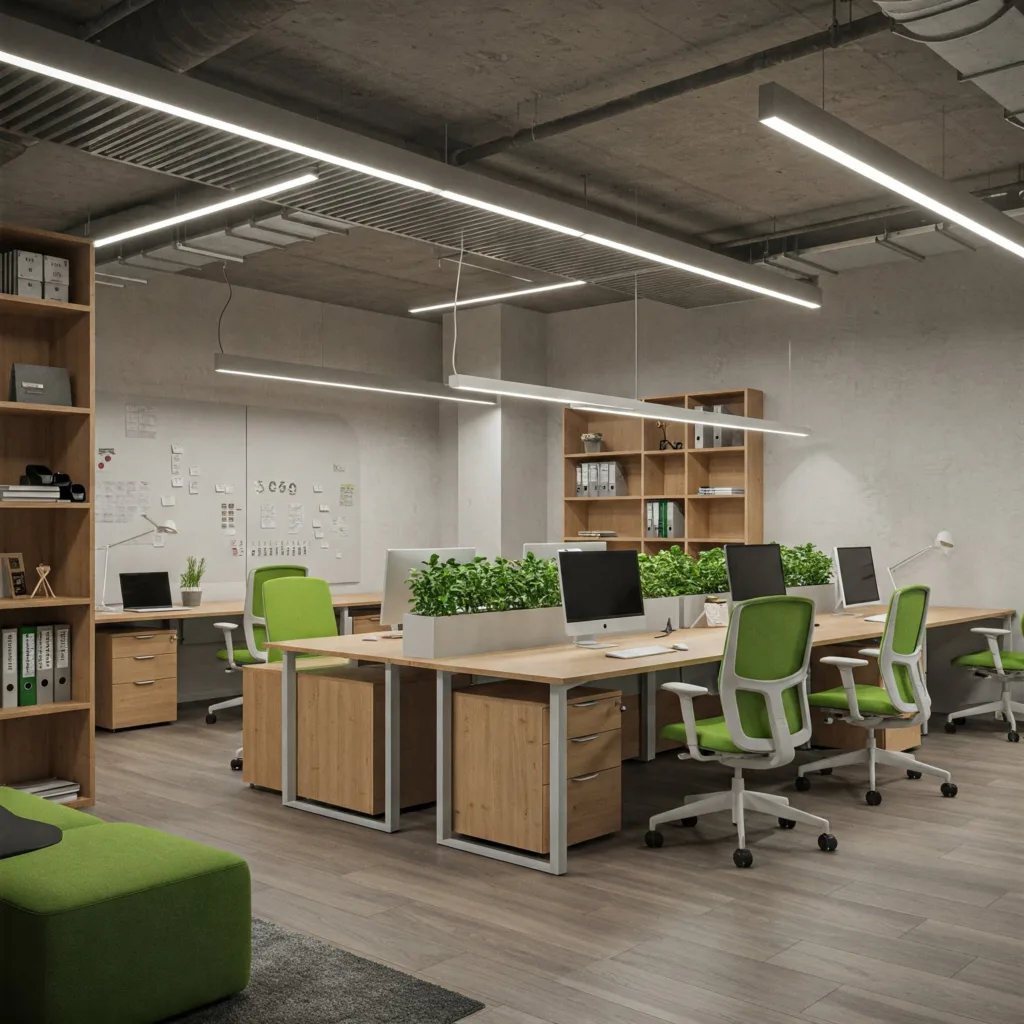
Key Elements of Modern Office Design
Creating a successful office design involves careful consideration of several key elements:
- Space Planning: This is the foundation of any good design. It involves analyzing how your team works, how much space you have, and how to best utilize it to maximize efficiency and flow.
- Color Palette: Colors have a powerful impact on mood and productivity. Choose colors that reflect your brand and create the desired atmosphere (e.g., calming blues, energizing yellows, sophisticated neutrals).
- Lighting: Natural light is ideal, but if it’s limited, incorporate a mix of ambient, task, and accent lighting to create a bright and welcoming environment.
- Furniture: Invest in ergonomic chairs, adjustable desks, and collaborative furniture that supports different work styles and promotes comfort.
- Materials: Use a variety of textures and materials (wood, metal, glass, fabric) to add visual interest and create a dynamic space.
- Technology Integration: Seamlessly integrate technology into your office design to support communication, collaboration, and productivity.
- Biophilic Design: Incorporate natural elements like plants, green walls, and water features to bring the outdoors in and create a calming and inspiring atmosphere.
- Branding: Integrate your company’s logo, colors, and values into the design to reinforce your brand identity and create a sense of place.
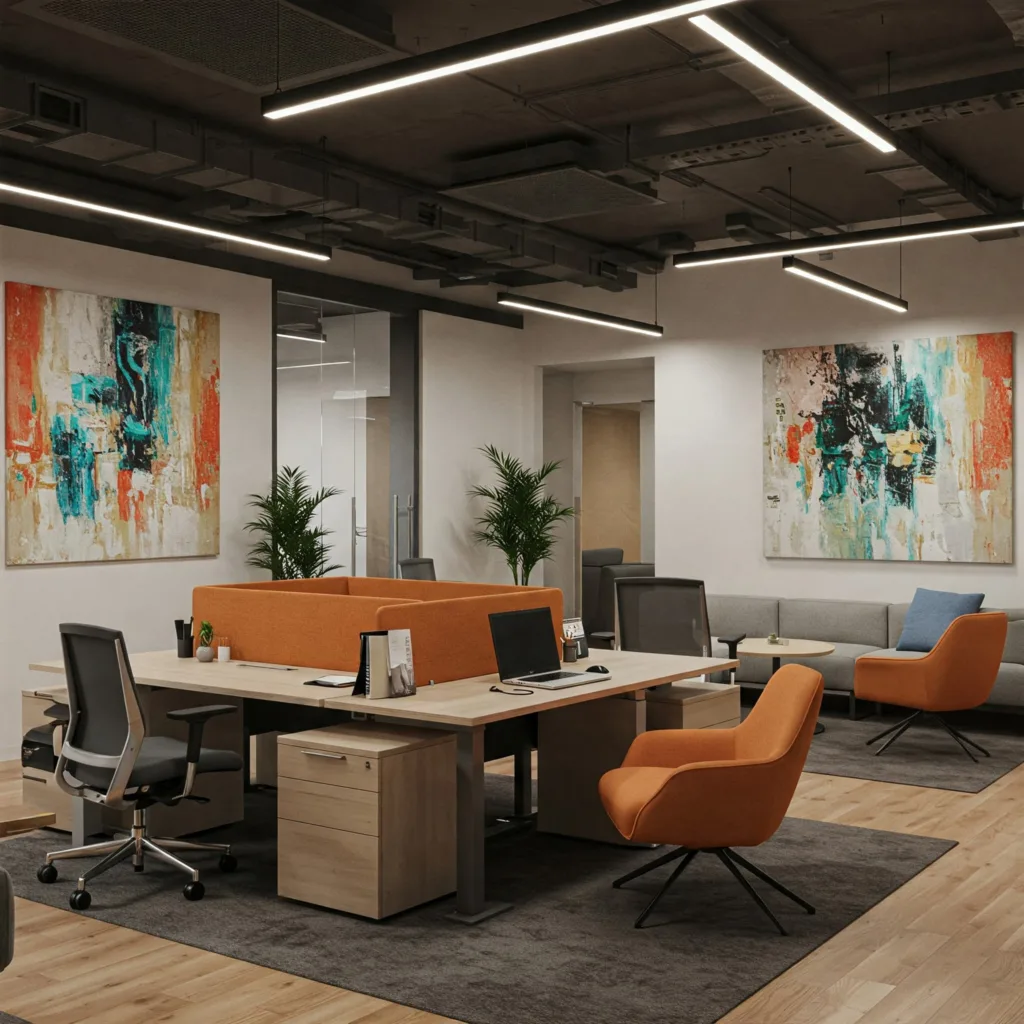
Trends Shaping the Future of Office Design
The world of office design is constantly evolving. Here are some of the latest trends to watch:
- Hybrid Workspaces: As remote work becomes more common, offices are adapting to support a hybrid workforce with flexible layouts and technology-enabled meeting rooms.
- Activity-Based Working: This approach focuses on providing employees with a variety of workspaces suited to different tasks, from quiet focus areas to collaborative hubs.
- Wellness-Focused Design: Offices are prioritizing employee well-being with features like meditation rooms, fitness centers, and access to healthy food options.
- Sustainability: Environmentally friendly design is becoming increasingly important, with a focus on energy efficiency, recycled materials, and reducing waste.
- Personalization: Employees want to feel a sense of ownership over their workspace. Design trends are incorporating elements that allow for personalization and customization.
Making it Happen: Tips for Your Office Design Project
- Define Your Goals: What do you want to achieve with your office redesign? Increased productivity? Improved collaboration? A stronger brand identity?
- Involve Your Employees: Get input from your team to understand their needs and preferences.
- Work with Professionals: Consider hiring an interior designer or architect who specializes in office design to help bring your vision to life.
- Set a Budget: Determine how much you’re willing to spend on the project and stick to it.
- Plan for the Future: Design a space that can adapt to your company’s changing needs.
Conclusion
Investing in thoughtful office interior design is an investment in your employees, your company culture, and your future success. By creating a space that is functional, inspiring, and human-centered, you can empower your team to do their best work and drive your business forward.

